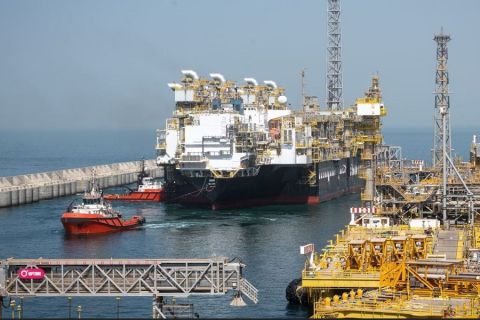
(Source: Francesco Scatena/Shutterstock.com)
Subscribe now to get unmatched and complete coverage of the Energy industry’s entire landscape!
View our subscription options-
Access to site wide content
-
Access to our proprietary databases
-
Watch exclusive videos with energy executives
-
Unlimited access to an extensive library of Playbooks, Techbooks, Yearbooks, supplements, and special reports
-
Newly Added! Access to Rextag's Energy Datalink, containing extensive GIS databases of energy assets, production records, processing capacities, physical locations, planned projects, acquisition records, and much more.
Recommended Reading
Technip Energies Wins Marsa LNG Contract
2024-04-22 - Technip Energies contract, which will will cover the EPC of a natural gas liquefaction train for TotalEnergies, is valued between $532 million and $1.1 billion.
TotalEnergies Acquires Eagle Ford Interest, Ups Texas NatGas Production
2024-04-08 - TotalEnergies’ 20% interest in the Eagle Ford’s Dorado Field will increase its natural gas production in Texas by 50 MMcf/d in 2024.
Tech Trends: Halliburton’s Carbon Capturing Cement Solution
2024-02-20 - Halliburton’s new CorrosaLock cement solution provides chemical resistance to CO2 and minimizes the impact of cyclic loading on the cement barrier.
BP: Gimi FLNG Vessel Arrival Marks GTA Project Milestone
2024-02-15 - The BP-operated Greater Tortue Ahmeyim project on the Mauritania and Senegal maritime border is expected to produce 2.3 million tonnes per annum during it’s initial phase.
The OGInterview: How do Woodside's Growth Projects Fit into its Portfolio?
2024-04-01 - Woodside Energy CEO Meg O'Neill discusses the company's current growth projects across the globe and the impact they will have on the company's future with Hart Energy's Pietro Pitts.





